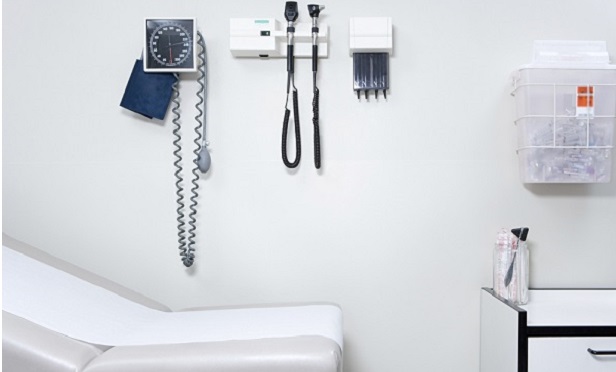 The issue of physician shortages is being exacerbated by an aging population and increased access to health insurance. (Photo: Shutterstock)
The issue of physician shortages is being exacerbated by an aging population and increased access to health insurance. (Photo: Shutterstock)
A new study confirms what many patients have experienced in recent years: a visit to the doctor's office doesn't always mean seeing a physician.
Office visits where nurse practitioners (NPs) and physician assistants (PAs) were the main health care provider increased 129 percent between the years of 2012 and 2016, the study found. At the same time, patient visits to physicians in primary care setting decreased 18 percent.
Related: Why millennials are skipping out on primary care
The study, conducted by the Health Care Cost Institute, looked at adults under 65 years old with employer-sponsored health insurance. The study notes that “primary care” is a complex concept; such visits may include seeing specialists, who can be MDs, PAs or NPs. In addition, an aging population and expanded access to insurance may also be affecting the increasing rates of office visits to non-physician providers.
In any case, the use of non-physician providers has clearly increased dramatically. The study finds that in 2012, 51 percent of office visits from members of employer-based health plans involved seeing a physician. By 2016 the percentage of plan members seeing a physician had dropped to 43 percent.
“Primary care is increasingly provided by non-physician providers,” the study says. “Specifically, the number of NPs and PAs in the US has been expanding, as has their role in providing primary care. Having more NPs and PAs provide primary care may ease potential shortages in primary care physicians and allow [physicians] to focus on more clinically complex primary care.”
The issue of physician shortages has become increasingly discussed in the health care industry. A recent report by United Health Group (UHG) found that 13 percent of Americans live in a county with a shortage of primary care providers—and the shortage of primary care physicians is expected to get worse, not better, as more young physicians choose specialty fields. These shortages are felt more keenly in rural areas, the UHG report says, but they affect both rural and urban patients.
The HCCI study notes that the increased use of non-physician providers does not change the cost to patients and insurance plans. “The average cost of an office visit to a primary care physician ($106 in 2016) was about the same as an office visit to NPs and PA ($103 in 2016). Any substitution of providers did not result in cost savings,” the study says.
The data from the report also showed differences in the state-by-state adoption of non-physician providers. The study looked at increase in NP and PA office visits during the 2012-2016 time frame and found that some states saw much more utilization of these providers than others. East coast and southwest states, for example saw only a modest increase in the use of non-physician providers, while the Midwest, plains states, and the northwest states saw relatively larger increases in office visits to NPs and PAs.
“Many factors likely influenced the trends described in this brief,” the study notes. “Including state policies, variation in insurance benefit design, and changes in access to different types of providers.”
Read more:
© 2025 ALM Global, LLC, All Rights Reserved. Request academic re-use from www.copyright.com. All other uses, submit a request to [email protected]. For more information visit Asset & Logo Licensing.







